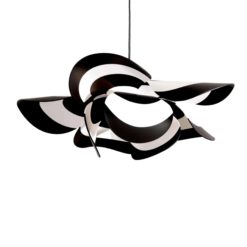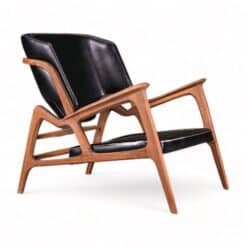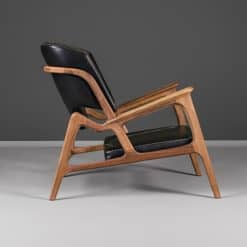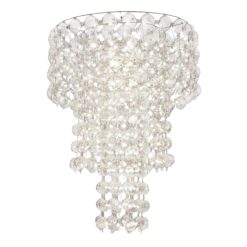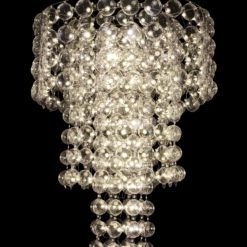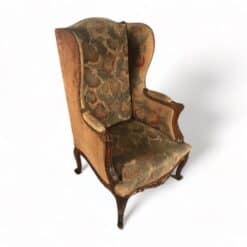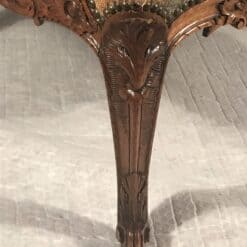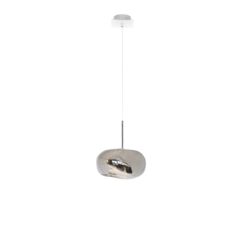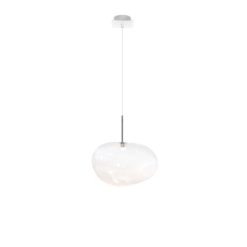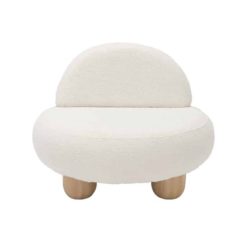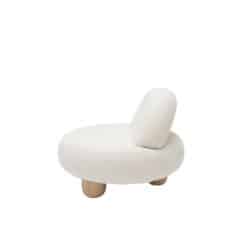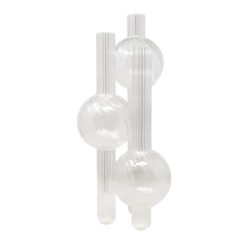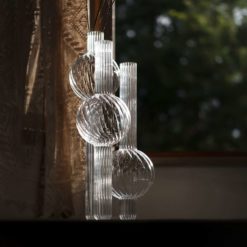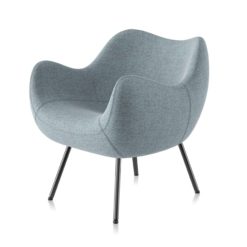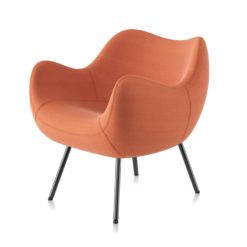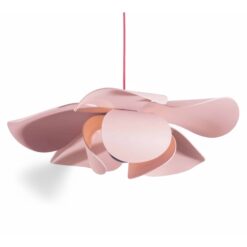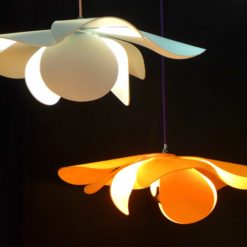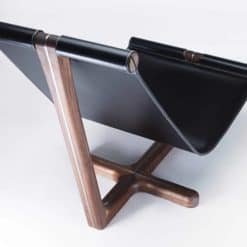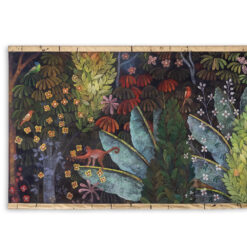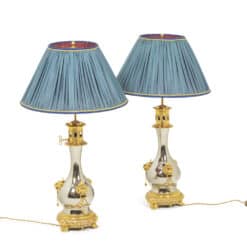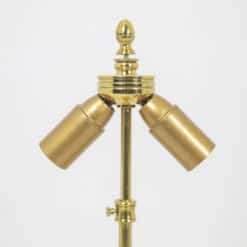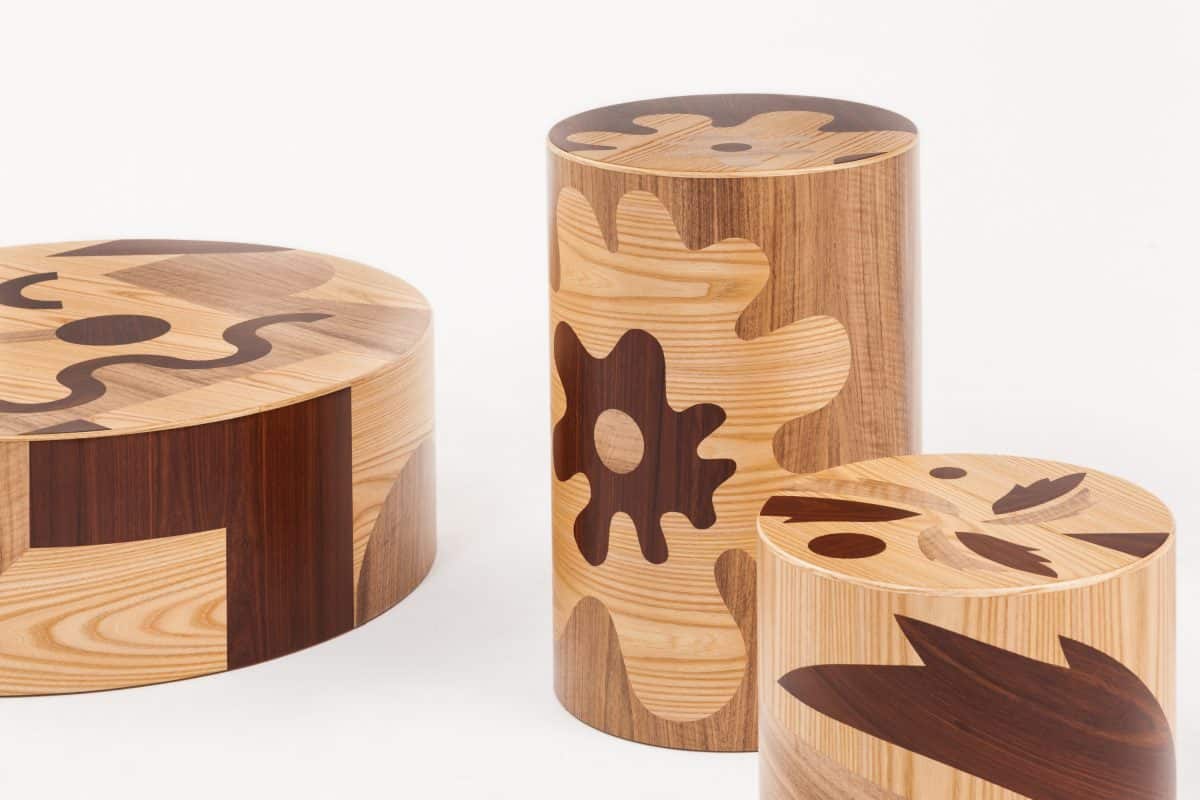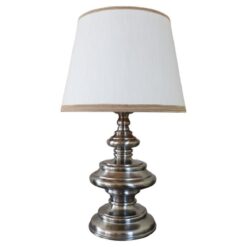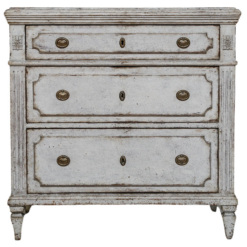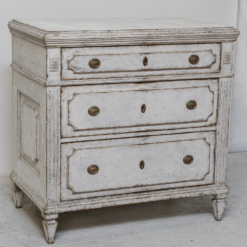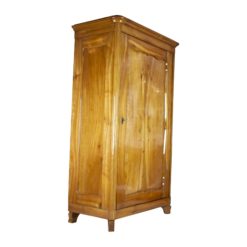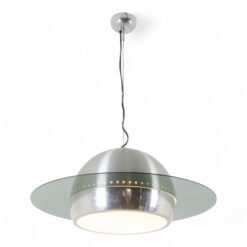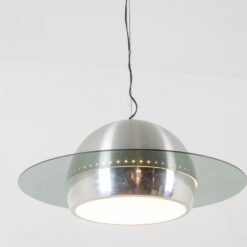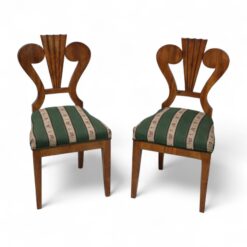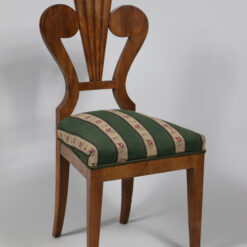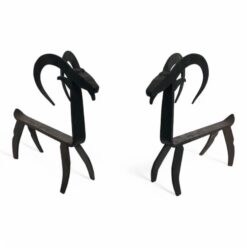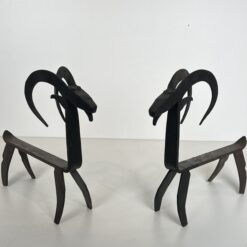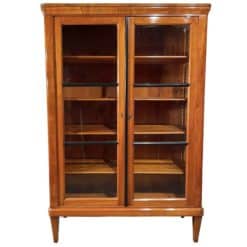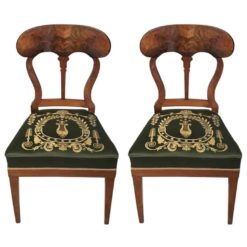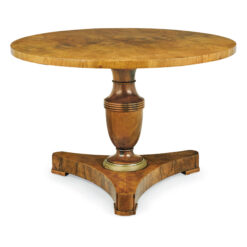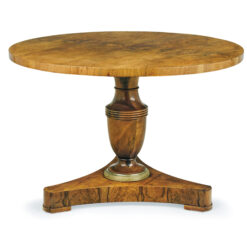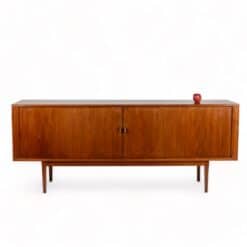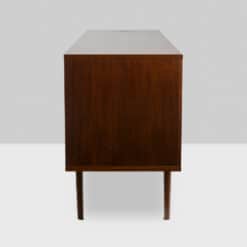Best Sellers
Many of the most striking pieces in our Styylish collection feature a wood veneer. A veneer is a decorative layer of fine wood covering the bulkier, structural wood beneath. It often embraces the natural shapes and lines found in the wood
In today’s post, we want to take a look at the origins, techniques, and forms of wood veneer, and showcase some of the best examples from our catalogue. From the natural simplicity of Biedermeier veneers, to the elaborate artisan images of 18th century design, veneers are one of the ways furniture is most explicitly emotional and unique.
Over the last few weeks, we’ve been getting into the details of what distinguishes certain types of furniture from one another: we have covered antique secretary desks, the distinction between armoires and wardrobes, and, most recently, the history of antique dressers. Many of the examples from those posts featured pieces with a wood veneer. We want to explore what that means in greater detail.
Origins
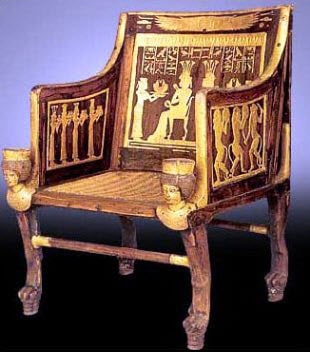
The earliest uses of veneer can be found in Ancient Egyptian civilization. The thin sheets of wood lined the bulkier elements in the tombs of some pharaohs. The purpose of this was primarily decorative: wood veneer has been a beautification device since its inception.
In the European Middle Ages, decoration was far more crude than in Ancient Egypt. Functional furniture was occasionally embroidered with rich gems or carved motifs, but the selected wood stood on its own. Structural, hard, functional. It was not until artisan beauty re-emerged as an ideal during the Renaissance, that wood veneer made its recognizable debut in furniture.
Types of Wood
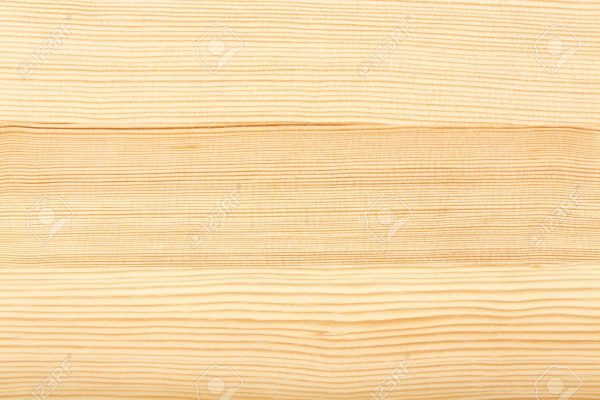
There are two types of wood: hardwood and softwood. Hardwood is typically the wood of deciduous, leafed trees, such as oak, chestnut, walnut, maple, or cherry. Softwood is commonly from needle trees, such as pine.
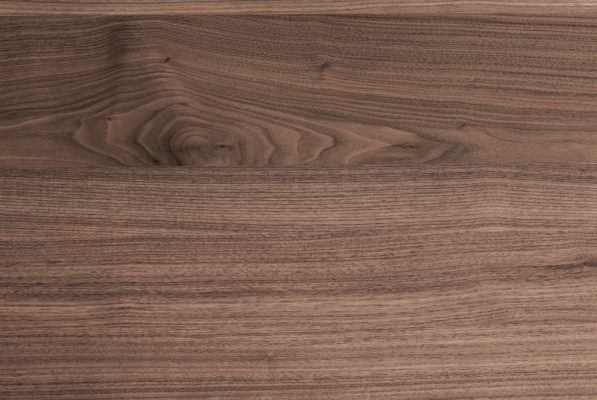
Pine and other softwoods frequently make up the structural bulk of furniture items. Hardwoods, on the other hand, are more elegant. While occasionally used for heavy, rich items as a structural wood, hardwood’s primary purpose in interior décor is wood veneer.
When we talk of a walnut veneer or a cherry veneer, for instance, we mean that the decorative surface of our artisan furniture is constructed of finely crafted walnut or cherry wood. Hardwoods were difficult to master. It took the advent of new technology to enable the artful wood veneer work of the last 400 years.
A New Age of Decoration
In the 17th century, tools were improved to guarantee a better yield of wood. Thinner slices, less sawdust, and cleaner cuts, for instance, transformed the possibility of wood veneer. From the Baroque period onwards, these tools became inseparable from furniture design, as it allowed artisan displays of craft. For more on the Baroque era, check out our blog post from a few weeks ago.
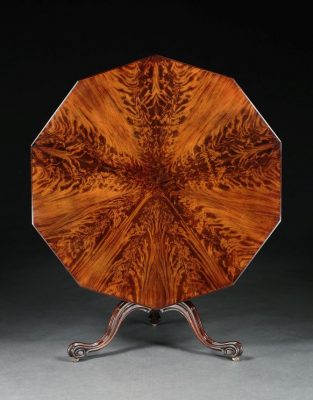
Later, by the mid-18th century, wood veneer lathes had become patented tools in woodworking workshops. Artists around the European continent constructed increasingly elaborate motifs out of wood veneer and insets of other materials.
It was the 18th century British furniture designer Thomas Chippendale who permanently changed the landscape of veneer artistry, by centering the natural swirls and colors of the veneer pieces he chose. His robust, elegant style of design embraced the beauty of material like never before.
Distinctions between Veneer and Varnish
We want to take a moment to clarify the difference between a veneer and a varnish. While a wood veneer is a physical, wooden part of a piece of furniture, a veneer is the shiny or glossy finish you may find on it.
There are various types of varnishes. Most using some form of liquid resin, which lend the furniture a smooth, regal gloss. They are applied in construction and restoration processes to protect the actual wood and lend elegance to a piece.
Examples of Wood Veneers
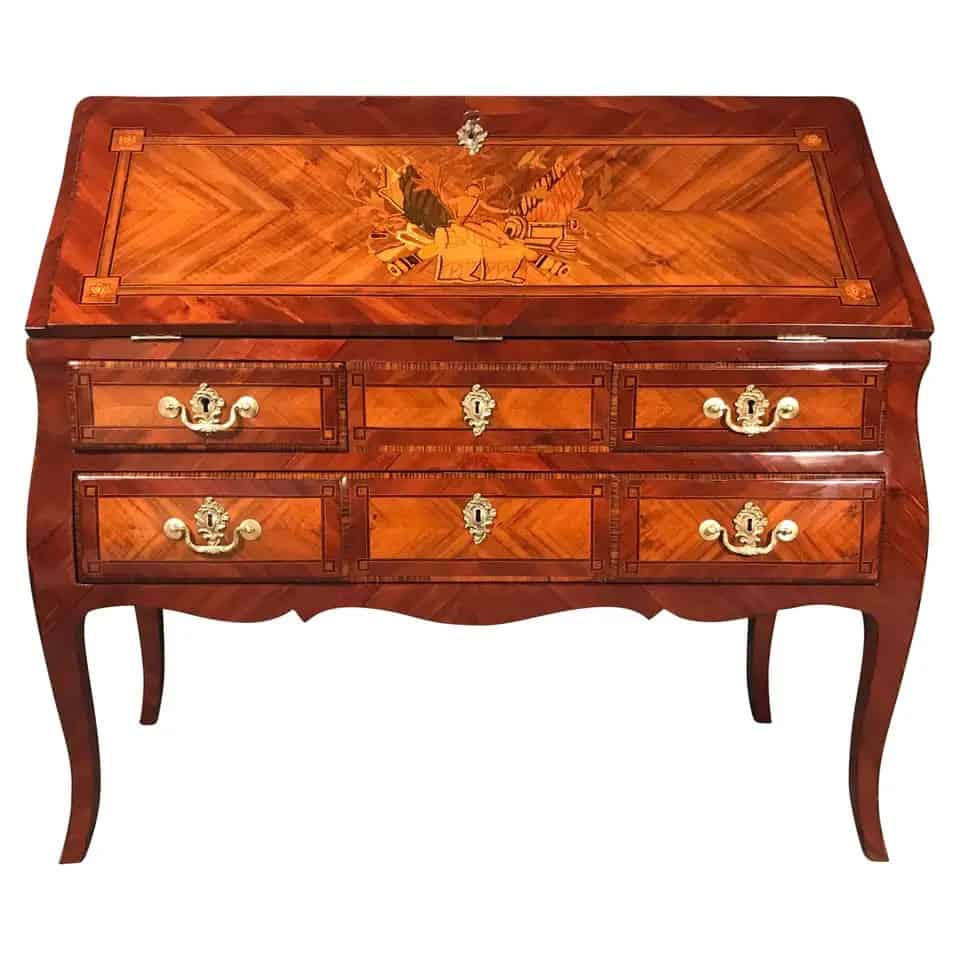 On this striking Louis XV secretary desk, which embodies the qualities of Rococo, the walnut veneer is enhanced by a figural marquetry of remarkable detail. Note the straight lines carved that meet towards the central figure. It is a wonderful example of patterned wood veneer.
On this striking Louis XV secretary desk, which embodies the qualities of Rococo, the walnut veneer is enhanced by a figural marquetry of remarkable detail. Note the straight lines carved that meet towards the central figure. It is a wonderful example of patterned wood veneer.

This phenomenal Louis XVI cabinet, which recently sold on Styylish, features a remarkable walnut veneer on its double doors. The mirrored sequence matched the woods natural form, cut from matching thin slices from the same log. It is a wonderful example of the kinds of geometry that artisans can transfer from nature into art.
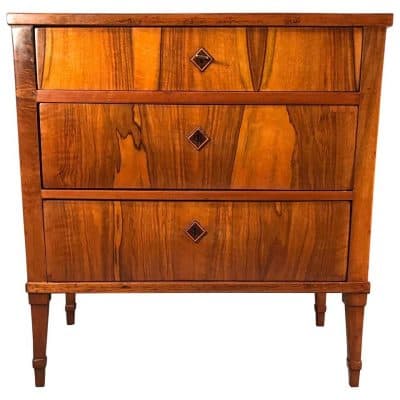
You need look no further than this Biedermeier dresser to understand how a walnut veneer can embody modern tastes, as well. The asymmetrical, organic shapes created by the veneer’s subtle lines made this subdued dresser a secret feast for the eyes.
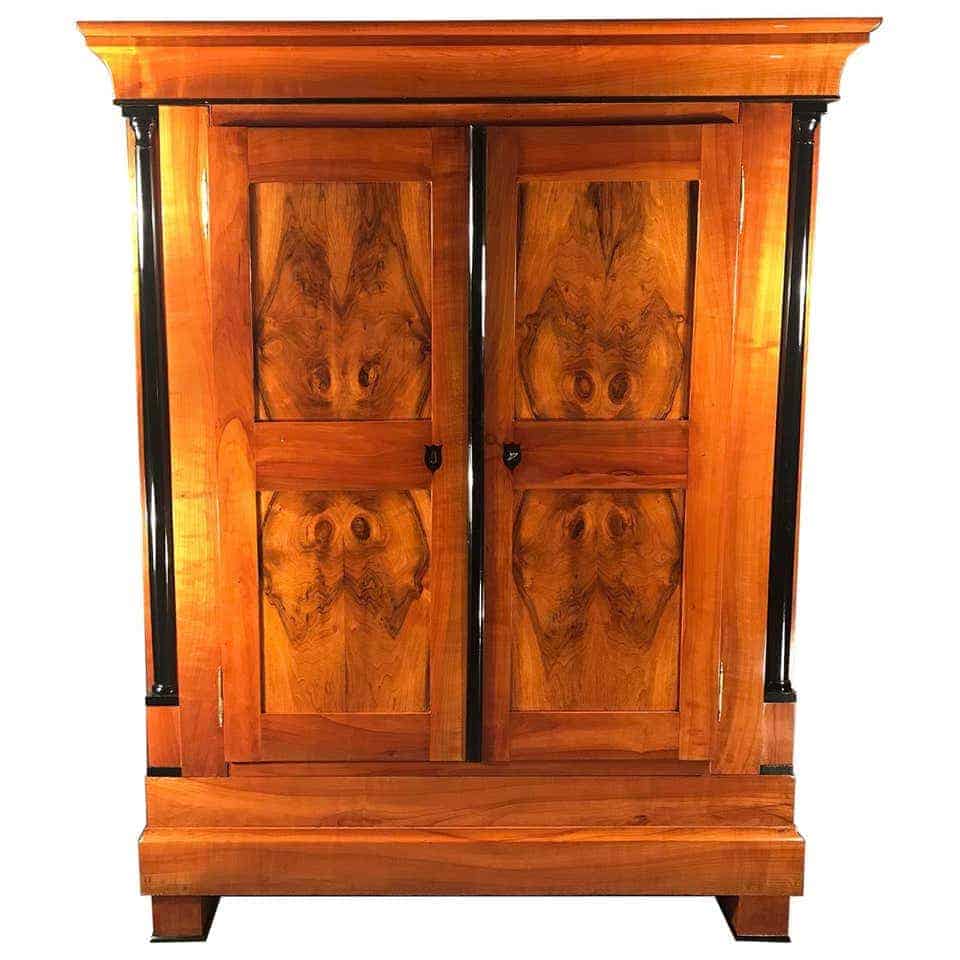
The Biedermeier philosophy of simple, clean lines and respect for material is also embodied in this wonderful armoire. Featuring another example of a symmetrical walnut veneer, the armoire chooses to highlight the wood’s natural texture over the curves of the overall form. For more on the Biedermeier period, be sure to check out our blog post on it from a few weeks ago.
But the technique of wood veneering appears more recently as well. In this striking contemporary stools, the principles of wood veneer are used to highlight the texture and pattern of the design. You can trace the influences of millennia in the same attention to textural detail.
More Than Meets the Eye
The beauty of a wood veneer lies in its decorative refinement and its versatility. By choosing to focus on the natural textures of wood, craftsmen from Ancient Egypt to the present day have enhanced the features of a structural object with taste and skill.
Many unexpected pieces in your daily life may make use of a veneer sheet. Be sure to check out the Styylish catalogue for more inspiration. And keep an eye out for the various textures of wood and craftsmanship that can make an appearance anywhere.

